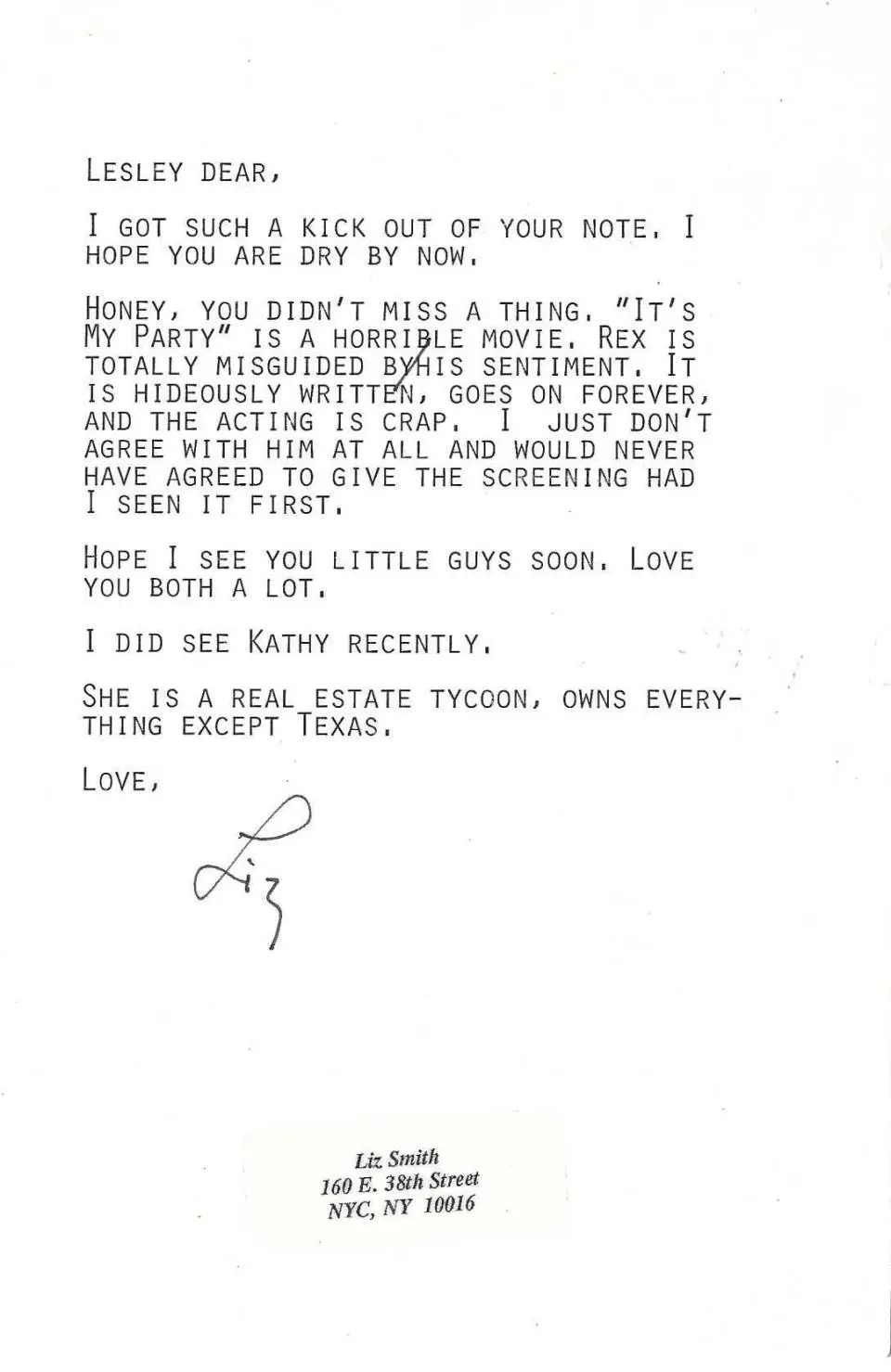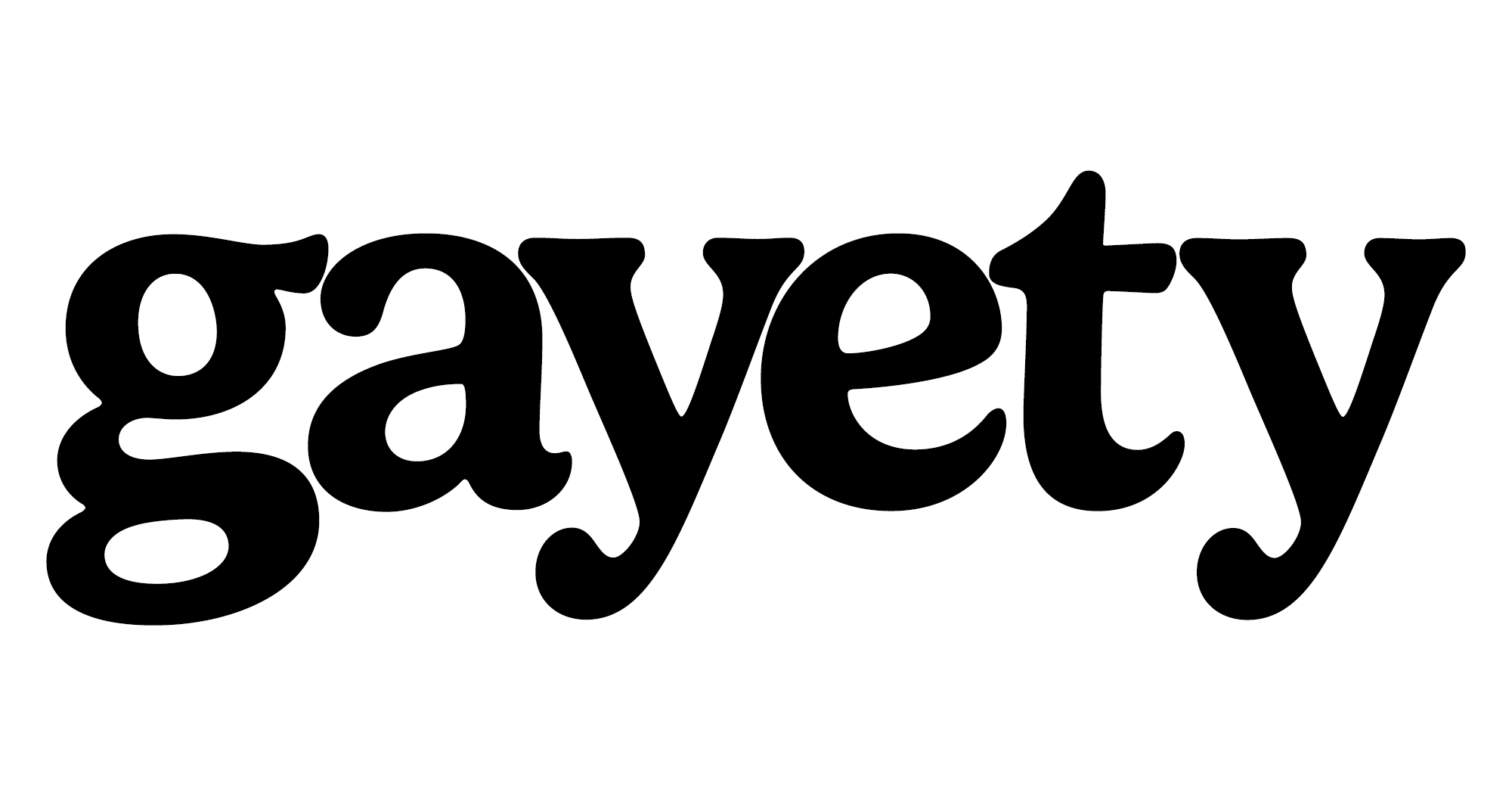Queer art has never been just about aesthetics, it’s protest, it’s love, it’s fury, and it’s legacy. Across decades and disciplines, queer creators have made bold statements through performance, music, visual art, and stage, often at great personal cost. These works not only transformed culture but also carved out space for LGBTQ+ people to be seen, heard, and remembered.
Below, we highlight some of the most potent and pivotal queer art performances, each one a milestone in a timeline of resistance, visibility, and unapologetic expression.
Punk, Prayer, and Prison: Pussy Riot’s Sacred Rebellion
When Russian punk collective Pussy Riot stormed Moscow’s Cathedral of Christ the Savior in 2012 for a guerrilla protest, it was over in minutes. But the global conversation it ignited lasted years. Their performance-turned-music-video “Punk Prayer – Mother of God, Chase Putin Away!” condemned both Vladimir Putin’s authoritarian regime and the Orthodox Church’s complicity.
Arrested and charged with “hooliganism motivated by religious hatred,” three members, Nadezhda Tolokonnikova, Maria Alyokhina, and Yekaterina Samutsevich, were thrown into a heavily publicized trial. The subsequent 2013 HBO documentary Pussy Riot: A Punk Prayer spotlighted the absurdity of the state’s crackdown and became an instant rallying cry for artists, feminists, and LGBTQ+ advocates worldwide.
From Madonna to Amnesty International, support poured in. Yet in Russia, public opinion remained divided. As the band’s name surged across headlines, it served as a reminder: punk can still shake the church, and the state.
Sinéad O’Connor’s Tear Heard Around the World
Before #MeToo and well before the Catholic Church’s abuse scandals were widely acknowledged, Irish musician Sinéad O’Connor pulled no punches. On Saturday Night Live in 1992, she tore up a photo of Pope John Paul II and declared, “Fight the real enemy.”
The backlash was swift and ruthless. From celebrities to religious groups, condemnation rained down. But O’Connor stood by her act, revealing that her protest was personal, she had been a victim of abuse, and the Church, she believed, enabled it.
Years later, after her 2023 passing, many revisited the moment with fresh eyes. Time even retroactively honored her as the most influential woman of 1992. Her protest wasn’t a publicity stunt, it was prophecy.
@consequence R.I.P Sinéad O’Connor, who never held back from speaking her truth. 🕊️ #sineadoconnor #snl
Art on the Edge: John S. Boskovich’s Electric Fan (Feel It Motherfuckers)
When artist John S. Boskovich lost his partner Stephen Earabino to AIDS, he also lost nearly every trace of their shared life. Earabino’s family cleared out their apartment, erasing their relationship, except for a single object: an electric fan.
Boskovich transformed that object into art. Encased in Plexiglas and marked with the phrase, “Only unclaimed item from the Stephen Earabino estate,” the piece slices through grief, rage, and queer erasure. With air flowing through holes in the glass, the fan still hums with life, a stark metaphor for memory that refuses to disappear.
Electric Fan (Feel It Motherfuckers) by John Boskovich https://t.co/S4qcyBri6X pic.twitter.com/V2mC3kwVS7
— SIMONE 🩷 (@parasocialyte) June 19, 2023
Lipstick and Labor Strikes: The Cockettes’ Elevator Girls in Bondage
San Francisco’s glitter-drenched drag troupe The Cockettes brought psychedelic camp to new heights in the ‘70s. But their avant-garde film Elevator Girls in Bondage was more than a spectacle, it was satire with teeth.
Framed as a low-budget protest, the film tells the story of underpaid hotel elevator girls who go on strike. The result is a technicolor fever dream of anti-capitalist, pro-queer performance art.
From Hibiscus to Sylvester, The Cockettes birthed a generation of gender-fabulous icons. Their work continues to influence drag, theater, and the joyful chaos of queer resistance.


Kate Nash vs. TERF Island
British singer-songwriter Kate Nash doesn’t just sing about heartbreak, she takes aim at hate. In her track “GERM,” released in response to U.K. transphobic policies and rhetoric, Nash dismantles trans-exclusionary feminism with a blend of biting lyrics and bulletproof facts.
Originally drafted as an essay, the song became a musical manifesto against J.K. Rowling’s public crusade against trans rights. Nash isn’t subtle: she calls Rowling out by name and dubs her ideology “a load of bollocks.”
As far as feminist anthems go, “GERM” feels like a necessary cleanse for a movement long overdue for intersectional accountability.
@katenashyeah GERM performed live at Mighty Hoopla festival! #katenash #transrights🏳️⚧️ #songofthesummer #viral #livemusic #pride2025🏳️🌈 shot by Jude Harrison
Keith Haring’s Unfinished Painting: Silence and Survival
Few images capture the loss of a generation quite like Keith Haring’s Unfinished Painting. A white canvas, three-fourths blank, features just a flash of Haring’s iconic doodled figures in one corner. The rest is hauntingly untouched.
Created in 1989, the piece was among Haring’s last before his 1990 death from AIDS-related complications. The drips and smears that bleed from the finished section seem to mourn what could have been, had AIDS not stolen so many voices too soon.
It’s not just a painting, it’s a eulogy.

Jane Chambers’ Last Summer at Bluefish Cove
In a time when lesbians were either jokes or tragedies on stage, playwright Jane Chambers did something radical: she wrote them as real people. Her 1980 play Last Summer at Bluefish Cove was the first American work to portray lesbian relationships with depth, humor, and humanity.
Set in a women-only beach retreat, the story explores love, grief, and friendship through a lens that was, at the time, unthinkably tender. Revived across decades, Chambers’ work remains a touchstone for queer theater and representation.
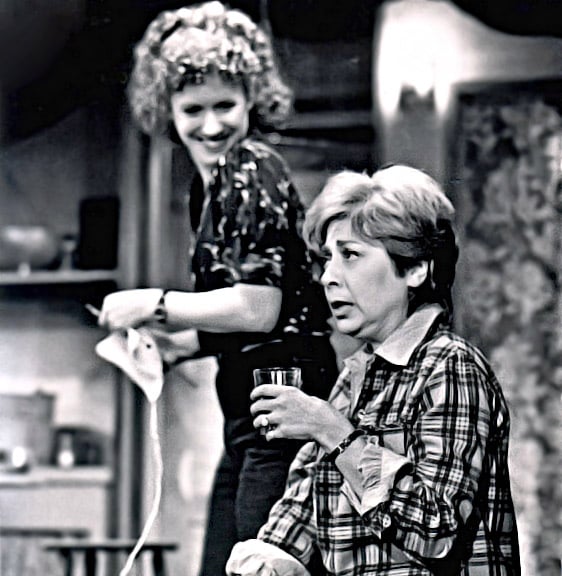


Kissing Isn’t the Problem
In the late ’80s and early ’90s, as AIDS hysteria gripped the nation, artist collective Gran Fury launched a media-savvy art action that was impossible to ignore. Their “Kissing Doesn’t Kill: Greed and Indifference Do” campaign plastered cities with images of interracial, same-sex couples kissing, styled to look like ads from major fashion labels.
Beneath the glamour, the message was clear: the real killer wasn’t intimacy, but apathy. The art doubled as activism, turning billboards and bus ads into battlegrounds for awareness and accountability.
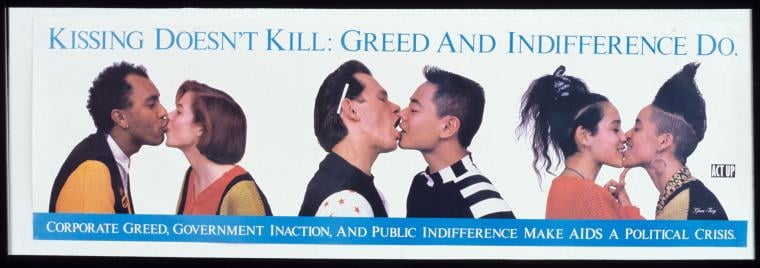
Loie Fuller: The Original Light Show
Before Beyoncé twirled under lasers or Lady Gaga donned projection dresses, there was Loie Fuller. The late 19th-century dance pioneer fused fabric, light, and movement into her signature Serpentine Dance, dazzling audiences in France and beyond.
Working alongside her partner Gabrielle Bloch, Fuller created mesmerizing visual effects and pioneered stage lighting techniques that are still used today. Queer, collaborative, and unabashedly experimental, her work paved the way for generations of performance artists to come.
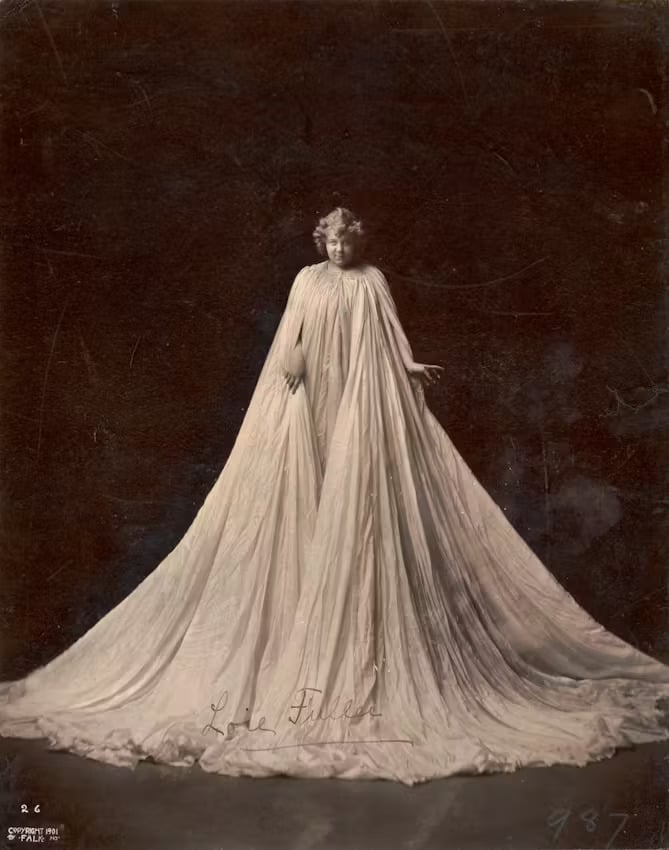
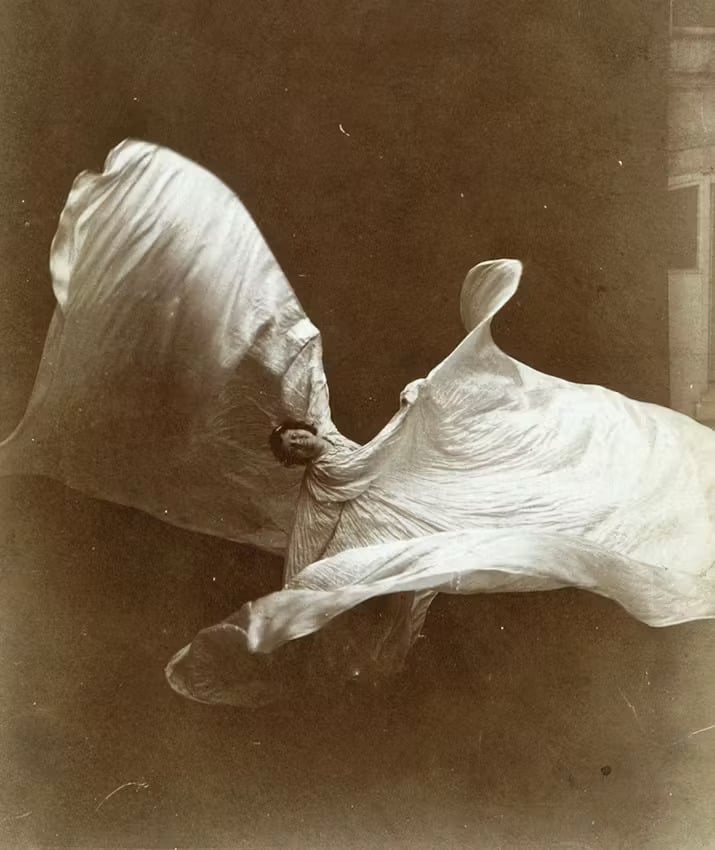
Queer Icons in Ink: Lesley Gore and Liz Smith
Sometimes activism looks like a handwritten letter. In an affectionate note from queer gossip columnist Liz Smith to singer Lesley Gore, the two share thoughts on a film and sign off with love and laughter.
Gore, known for feminist anthem “You Don’t Own Me,” came out publicly in 2005, though she had spent decades in a devoted partnership with Lois Sasson. Together, they championed LGBTQ+ visibility and women’s rights, quietly but powerfully.
